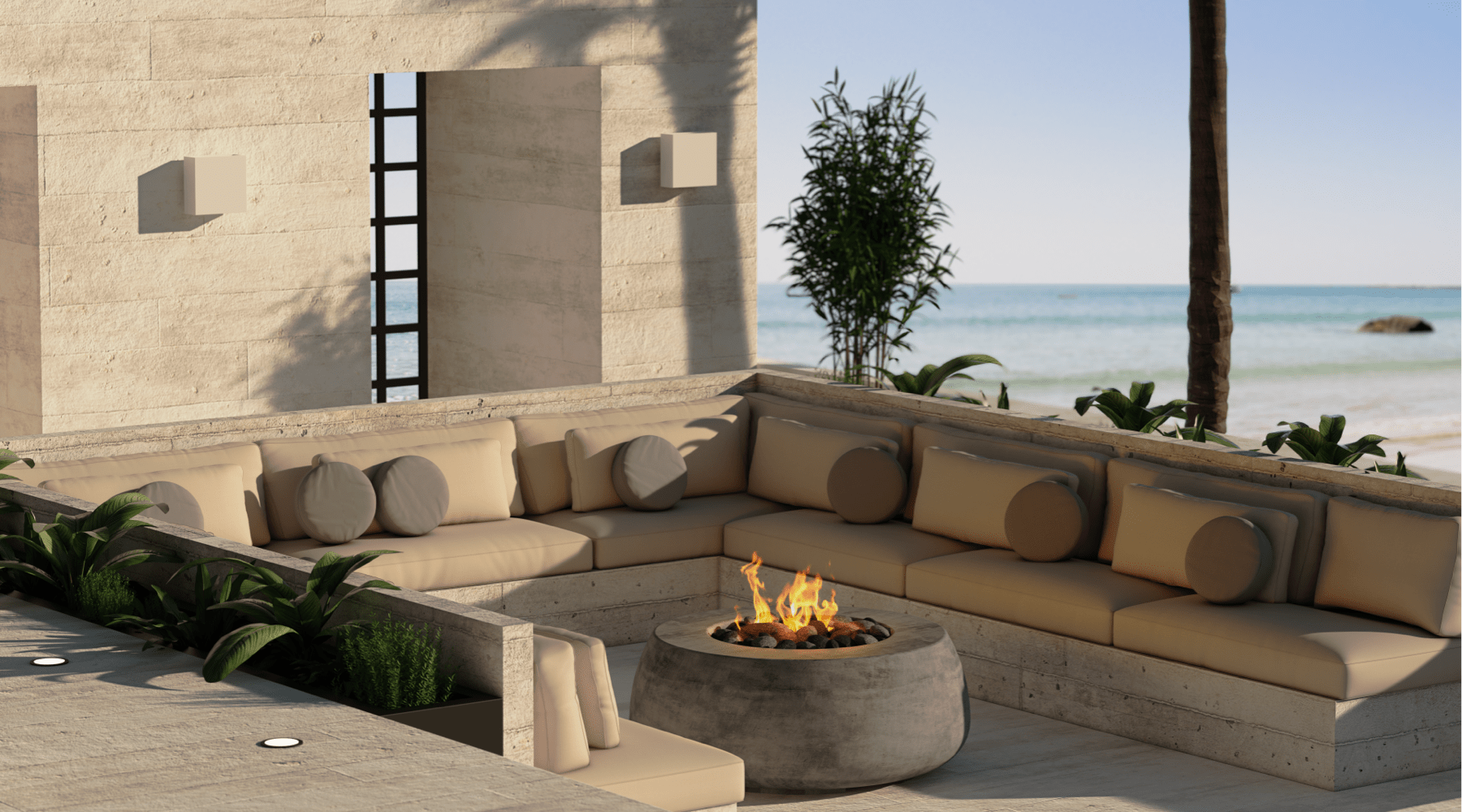In the aftermath of World War II, the world was rebuilding, and architecture took on a new, daring identity known as Brutalism. Emerging in the 1950s in the United Kingdom, Brutalism wasn't just an architectural style; it was a statement of resilience and functionality. While Brutalism is often associated with imposing concrete structures, its influence extended to other realms, including landscape architecture. In this blog post, we delve into the history of Brutalism, its unique features, and its intriguing adaptation in landscape design.
The Birth of Brutalism: Unveiling the Raw Aesthetic
The term "Brutalism" is derived from the French phrase 'béton brut,' meaning raw concrete. It was Le Corbusier, the visionary modern architect, who introduced the term, showcasing his affinity for minimalist constructions that emphasized the inherent beauty of building materials and structural elements over ornate embellishments. Reyner Banham, a British architectural critic, added a twist to the term, expressing the shock and awe that concrete architecture initially evoked in Britain.
Brutalism wasn't just a style; it was a reaction to the post-war era's need for urban reconstruction. Inspired by functionalism and monumental simplicity of earlier architectural modernism, Brutalism embraced a new philosophy where massiveness and rawness were celebrated.

